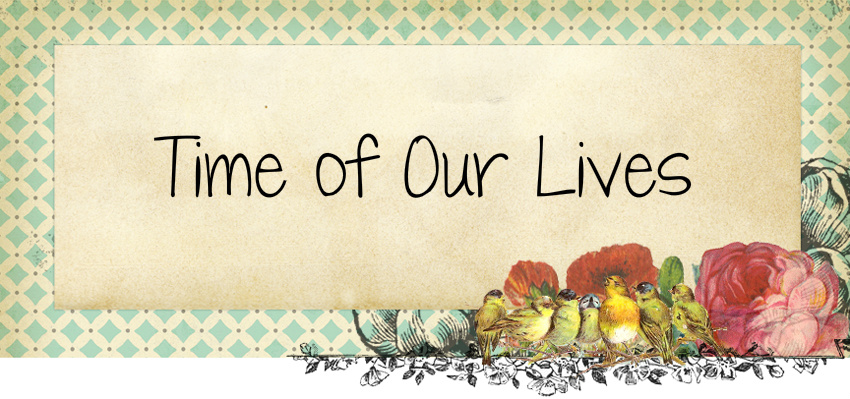This week's food storage items are:
January Week 2: Detergents, bleach, cleansers, laundry detergent, dish detergent, bathroom and window cleaners
Some detergents and cleansers have expiration dates on them and some don't. Either way, I would rotate through them just to keep them fresh.
First, you will need to determine which cleansers you want to keep on your shelves. You can't believe how handy it is to have a good supply to fall back on. Decide what you use, and what you will need in the coming year. You can just keep some of the very basics, like bleach, Comet, and Lysol, or you can really take stock and get a year's supply of all of the cleansers you use in a year. I started by just storing two or three different items, but now I get most of what I'll use in a year. It's nice to pick it up in bulk at Costco, or get the items at a case lot sale (which, by the way, they have going on right now at Harmon's).
After you've determined how much you want in your storage, make a shopping list and in the next day or two, go out and pick up the items. Bring them home, get them on your shelves, and update your inventory sheets. Done. It's as easy as that. It literally only takes minutes to do this every week, and in a year's time, you will have a great stock of items that your family actually uses. This is what I love about this system. It's a rotating one, so you have very little (or no) waste along the way.
As a guideline, I've included a list below from Real Simple that includes some expiration dates for regular household items, including cleansers. I think some of the dates are on the conservative side, as I've used some of the items well after the time shown below, and they've still been fine.
January Week 2: Detergents, bleach, cleansers, laundry detergent, dish detergent, bathroom and window cleaners
First, you will need to determine which cleansers you want to keep on your shelves. You can't believe how handy it is to have a good supply to fall back on. Decide what you use, and what you will need in the coming year. You can just keep some of the very basics, like bleach, Comet, and Lysol, or you can really take stock and get a year's supply of all of the cleansers you use in a year. I started by just storing two or three different items, but now I get most of what I'll use in a year. It's nice to pick it up in bulk at Costco, or get the items at a case lot sale (which, by the way, they have going on right now at Harmon's).
After you've determined how much you want in your storage, make a shopping list and in the next day or two, go out and pick up the items. Bring them home, get them on your shelves, and update your inventory sheets. Done. It's as easy as that. It literally only takes minutes to do this every week, and in a year's time, you will have a great stock of items that your family actually uses. This is what I love about this system. It's a rotating one, so you have very little (or no) waste along the way.
As a guideline, I've included a list below from Real Simple that includes some expiration dates for regular household items, including cleansers. I think some of the dates are on the conservative side, as I've used some of the items well after the time shown below, and they've still been fine.
Air freshener, aerosol
2 years
Antifreeze, premixed
1 to 5 years
Antifreeze, concentrate
Indefinite
Batteries, alkaline
7 years
Batteries, lithium
10 years
Bleach
3 to 6 months
Dish detergent, liquid or powdered
1 year
Fire extinguisher, rechargeable
Service or replace every 6 years
Fire extinguisher, nonrechargeable
12 years
Laundry detergent, liquid or powdered
Unopened: 9 months to 1 year
Opened: 6 months
Metal polish (silver, copper, brass)
At least 3 years
Miracle Gro, liquid
Opened: 3 to 8 years
Miracle Gro, liquid, water-soluble
Indefinite
Motor oil
Unopened: 2 to 5 years
Opened: 3 months
Mr. Clean
2 years
Paint
Unopened: Up to 10 years
Opened: 2 to 5 years
Spray paint
2 to 3 years
Windex
2 years
Wood polish (Pledge)
2 years


No comments:
Post a Comment